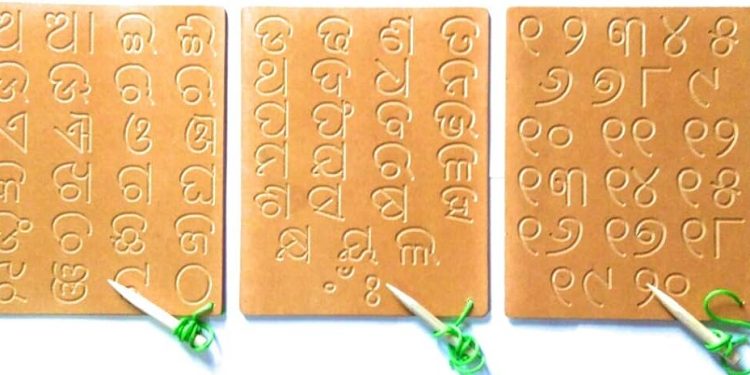Extinction is inevitable if the challenges of times are not effectively dealt with. This is the only reason why so many languages have disappeared from the face of the earth. It’s continuation that keeps a language alive. If that tradition of continuation is broken and does not accommodate changes as per the demands of time, it first stagnates, before facing imminent annihilation.
Then the question arises, why does a language lose its vitality? The main reason for the language’s stagnation is its rigidity, failure to acquire new vocabulary and inability to accommodate new thoughts and recognition of the language used in daily life. If the language used in daily life does not find place in the literary tradition, the language loses its relevance and becomes obsolete. Through its application and use, the colloquial language is transformed into a vibrant language and becomes widespread. Such languages prosper and cease to extinct.
In that pretext, we have to assess the current status of Odia language. There is a need to evaluate the extent to which the language is connected with progress. There is also a need to assess the extent to which the Odia language has contributed to Odisha’s political landscape and thought, economic progress and planning, skill development, intellectual discussions, knowledge and cultural development.
It is observed that while the English language is dominant in the economic, technical and intellectual spheres, Odia has established its sway in political field and thought as well as cultural development. This is on account of the fact that politics and culture are directly linked to the people. Political statements and cultural terms have played an important role in the development of native words. It has infused life and vibrancy into the language. Many new words related to food, clothing and lifestyle have entered into the Odia lexicon. However, it is absent in the in the economic, technical and intellectual traditions. It is still stuck in its infancy and restricted to a few. The language will reach its pinnacle the day it becomes the people’s language. For that purpose, five ways can be suggested:
- Digital Media: Computers and digital platforms are being used at every level in the society. However, English remains the medium in a majority of platforms. The language of computers and mobiles should be Odia at all levels. For this, a handy language program called Unicode is available on every computer and mobile. All Indian languages can be written easily using Unicode programme. Therefore, the widespread use of Unicode has created huge possibilities for Odia language on digital platforms.
- Intellectual discourses and technical skill: The language of intellectual discourses, research and technology is mainly English. Now a days efforts are being made to use Odia in intellectual discourses and technical skill. Therefore, for the purpose of research and higher education, the texts of various languages are being translated into Odia. However, it is impossible to successfully deal with the transformation through translation. A literal translation of the original text may not always be possible. It is a complex process. Therefore, an encyclopedia should be introduced in Odia language.
- Social justice and collective progress: There is a need for the administration’s message to be always in simple and presentable Odia. The use of English language has created a linguistic gap between the administration and the public. If the language of the public becomes the language of administration and the judiciary, then the language will create an immediate source of progress and help in making social justice and collective progress more inclusive
- Artificial Intelligence and provincial language issues: Most of the competitive examinations conducted at the national and provincial levels are in English. All these tests should be conducted in regional languages. That will ensure social justice. The complex relationship between different regional Indian languages has to be solved with the help of Artificial Intelligence. Provincial language, literature and culture are given importance in the new National Education Policy. Therefore, all the examinations, tests and competitions conducted at the national level should be done through regional languages on the digital platform to help foster national unity.
- Language should be a symbol of identity: Odia language should reinvent itself by accessing digital platforms. Regional traditions, cultural elements, literary and philosophical texts and works of art are being given importance in globalisation. This is enabling in understanding a region’s culture.
Language is always flexible and not restricted to grammar. Changes and evolution in language must be acknowledged and welcomed. New terminologies should be welcomed by doing away with orthodoxy. This will give the language its vitality. If the ideology of the age is not expressed through language, then that language will surely face extinction. Just as the era changes, the language should also be updated to keep up with it. Honouring this, creation of new grammars is inevitable. This will perpetuate the language, otherwise it will shrink and slip into oblivion.
By Khirod Chandra Behera, Former Deputy Ditrector Directorate of Higher Education, Bhubaneswar






































